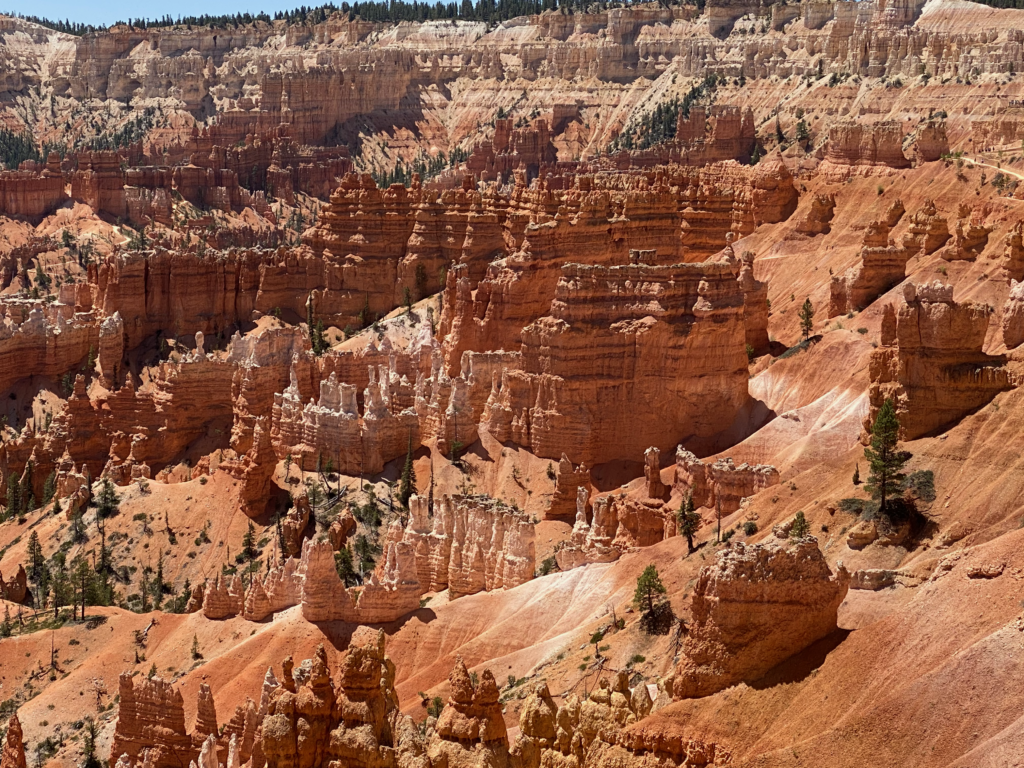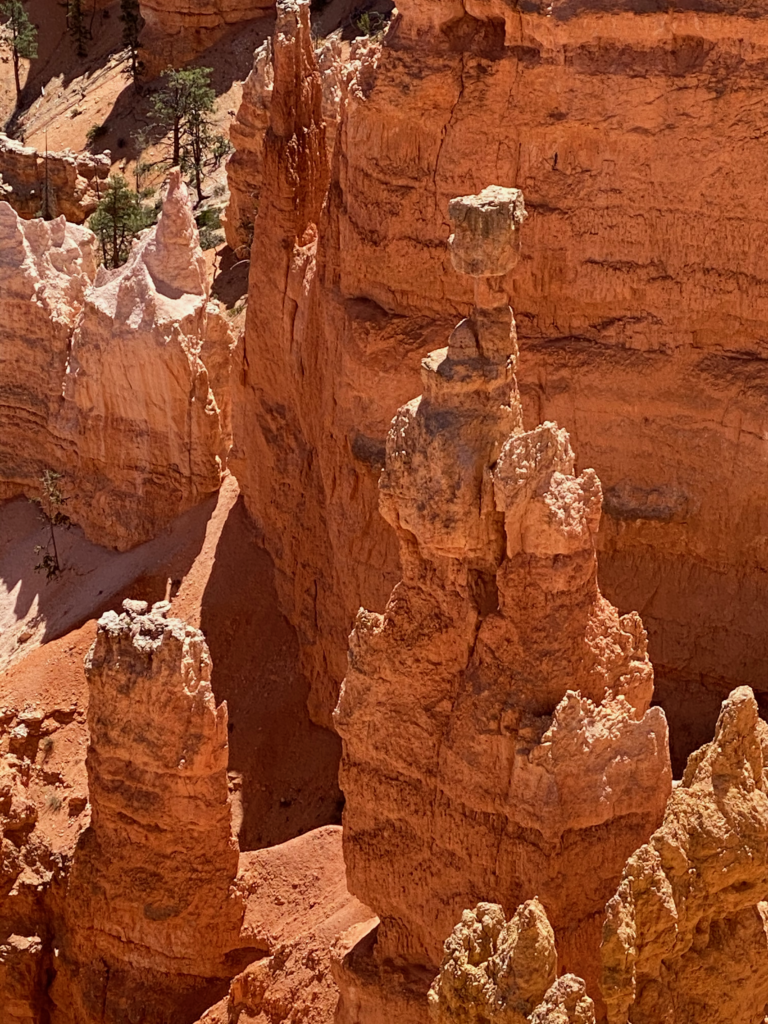In truth, Bryce National Park wasn’t created on this date—but that is just a technicality. The protection of Bryce Canyon became law on June 8, 1923, when President Warren G. Harding proclaimed the area as Bryce Canyon National Monument. A year later, Congress passed a law to change its status to a park, changing the name to Utah National Park. Four years later, in 1928, when the land had been acquired and other administrative targets met, the area settled into its now familiar name of Bryce Canyon National Park.

Southern Utah in 1900 was pretty far away from anywhere. But as roads, for cars and trains, started to penetrate the area, more folks wandered upon an interesting canyon with some spectacular scenery. In 1915, the new supervisor of what is now Dixie National Forest, J. W. Humphrey, visited a spot we now call Sunset Point; his reaction mirrored that of visitors ever since: “You can perhaps imagine my surprise at the indescribable beauty that greeted us, and it was sundown before I could be dragged from the canyon view. You may be sure that I went back the next morning to see the canyon once more, and to plan in my mind how this attraction could be made accessible to the public.”
Humphrey took up the challenge to popularize Bryce Canyon, with great success. In the next few years, the Union Pacific Railroad began bringing visitors to the area, and a still-operating motel, Ruby’s Inn, provided lodging and tourist services. The park has become a central feature of southern Utah’s five national parks, and serves as a midway point between Zion and Grand Canyon (AZ) National Parks (learn more about Grand Canyon National Park here). From about 20,000 annual visitors when it opened, Bryce Canyon now welcomes more than 2.6 million visitors each year, all as awestruck as Humphrey a century before.

Those visitors come primarily to view Bryce Canyon’s “hoodoos.” Hoodoos are tall, thin, colorful towers of rock, eroded into delicate shapes. Hoodoos occur elsewhere, but Bryce has more of them in a concentrated area than anywhere on earth. All those hoodoos formed—and continue to form and dissolve—because of a unique sequence of geological and meteorological occurrences. First, the entire region was once the bottom of a huge lake that accumulated sediment whose chemical composition varied through time; the sediment compressed into alternating layers of limestone, sandstone, dolostone, mudstone and siltstone. Next, the crashing of tectonic plates raised the lake bottom to its current election of over 7,000 feet.
Then, and now, weather took over. Bryce Canyon has about 200 days per year when the air temperature varies from below freezing to above freezing in the same day. So, rain falls during the warm day, gets into cracks in the rocks, freezes over night, and cracks the rocks further apart. In the morning, the ice thaws, seeps farther into the rock, and repeats the procedure. Then, and now, the wind eroded the rock layers, which have different levels of hardness, into pillars that look like the handiwork of a deranged lathe operator. Nature’s sculpture garden is truly breathtaking.
Bryce Canyon is quite small as national parks go, just under 36,000 acres (only 11 of 61 national parks are smaller). But Bryce lies within a larger geological landscape that stretches from the Grand Canyon on the south to Capitol Reef National Park on the north. The area is known collectively as “The Grand Staircase” because the geologic history of the earth is displayed here as a series of steps—exposed layers that have been little disturbed by earthquakes, volcanoes and other geological events. Several other national parks, national monuments (including the controversial Grand Staircase Escalante) and national forests protect this landscape, together comprising a huge area some 200 miles long and 100 miles wide.
References:
National Park Service. Bryce Canyon National Park. Available at: https://www.nps.gov/brca/learn/historyculture/park_history.htm. Accessed February 20, 2020.
Scrattish, Nicholas. 1985. Historic Resource Study—Bryce Canyon National Park. September, 1985. National Park Service. Available at: https://www.nps.gov/parkhistory/online_books/brca/hrs.htm. Accessed February 20, 2020.
